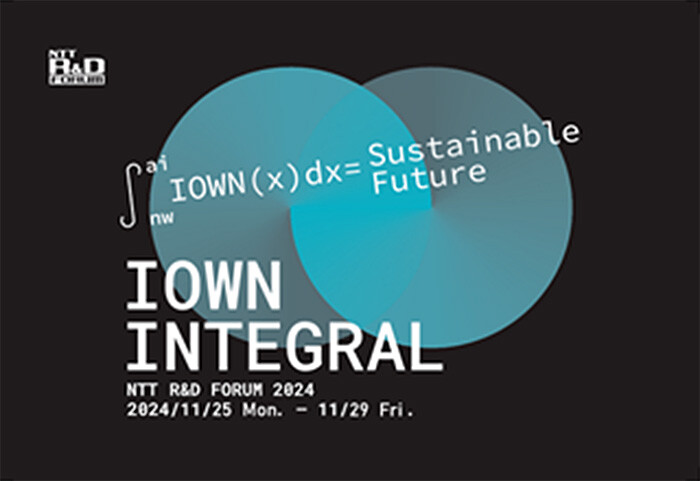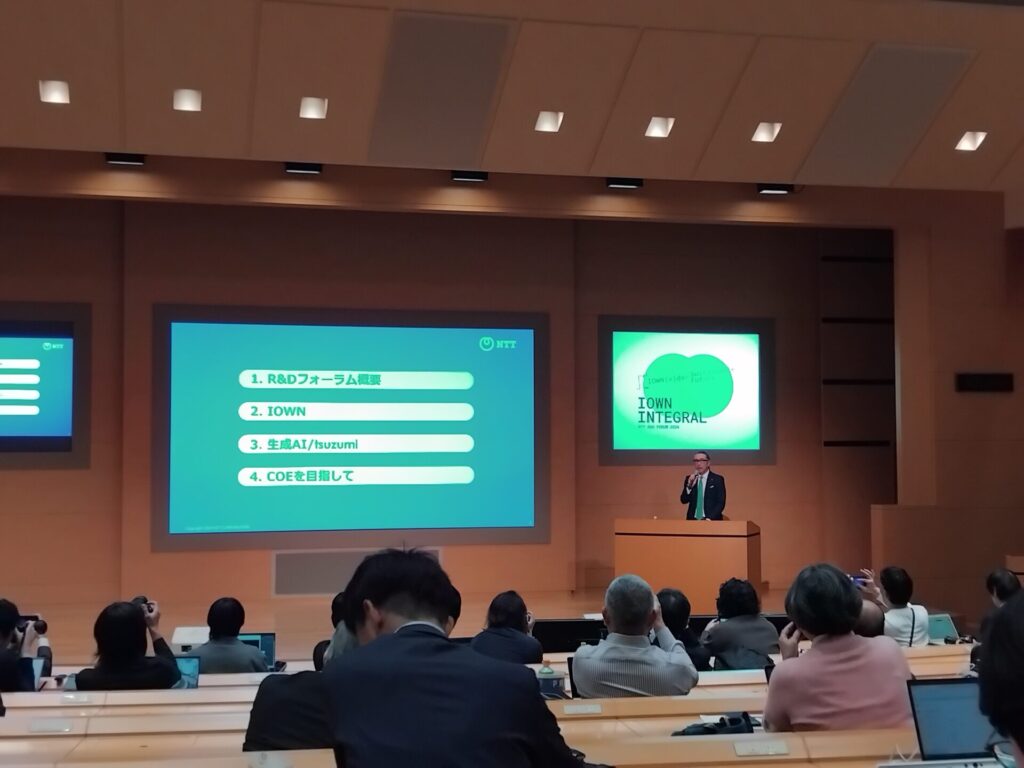
NTT, the Japanese telecommunications and technology company which provides services to corporations across Europe and the United Kingdom, today began its 2024 Research and Development Forum, which unveiled a series of experimental technologies aimed at re-shaping the future of technology and communications.
Held at the company’s R&D headquarters outside of Tokyo, the event focused widely on the future of network communications, including the company’s proprietary Innovative Optical and Wireless Network (IOWN), a platform being developed for the future of communications infrastructure built using photonic technology for ultra-high capacity, ultra-low latency and ultra-low power consumption.
Using light instead of electricity to send information across cables, it was revealed that NTT’s IOWN APN was able to establish a 3,000 kilometer connection between Japan and Taiwan with an ultra-low latency of about 17 milliseconds. The company also announced that it successfully established connections in the UK (this time 89 kilometers long) with a delay of 0.893 milliseconds with 0.035 of delay jitter, or the variation of transmission delays on a network.
As artificial intelligence (AI) drives the hunger for more data processing power, NTT’s bet on the future of photonics to make using large language models (LLMs) more sustainable and efficient was on display at the R&D forum.
A major element of the IOWN platform is NTT’s All-Photonics Network (APN), which uses photonic-based tech to lower power consumption, improve the quality and capacity, and diminish the delay in processing information.
“The All-Photonics Network, or APN, will feature wider bandwidths and reduced power consumption within IOWN 1.0,” said Shingo Kinoshita, Senior Vice President, Head of Research and Development Planning at NTT. “We aim to minimize system restoration time at the time of a disaster by using ultra-high-speed data transfer by APN to back up data over long distances or internationally.”
According to McKinsey, the photonics-enabled systems market will reach nearly $2 trillion by 2025.
In addition to its various experimental IOWN APN network applications around the globe, NTT is also working to solve a number of real-world use cases with the technology.
At the research forum, the company detailed a recent partnership with Japanese endoscopy company Olympus to jointly develop what they call the world’s first cloud endoscopy system.
Currently, endoscopes, or cameras which are inserted into human orifices to help doctors and surgeons better treat patients, handle all their image processing within the device itself – limiting speed and performance.
The option of using cloud technology to process images from endoscopes more quickly has been complicated by conventional network technology.
So, the two companies are leveraging NTT’s so-called IOWN APN technology to solve for performance and latency. The IOWN APN platform is leveraged with the endoscope technology to lower power consumption, improve the quality and capacity, and diminish the delay in processing images. The aim is to ensure that endoscopy systems, which function with high processing loads, such as image processing, can be done on the cloud from now on.
In addition to its innovations in network communications, the company also revealed applications for its Active Noise Control (ANC) technology.
The company has developed prototypes for open-ear headphones that reduce select ambient noise while simultaneously selecting desired outside sounds to amplify to the listener, using its so-called Desired Sound Selection Technology.
Applications include headrest headphones in cars which can help cancel out unwanted noises while amplifying important sounds that can help drivers be safer — like a siren for instance.
“‘Do research by drawing from the fountain of knowledge and provide specific benefits to society through commercial development.’ Goro Yoshida, the first director of the Electrical Communication Laboratory, spoke these words in 1950. After more than 70 years, those words still live on as the DNA of NTT Laboratories,” said Kinoshita.





